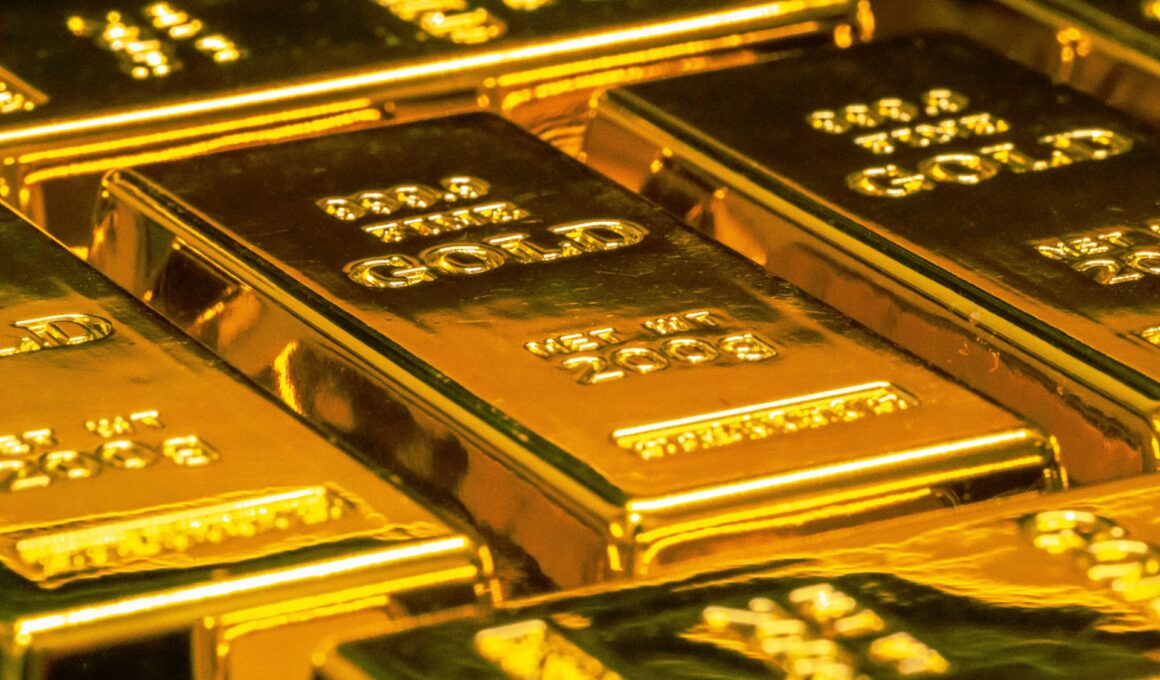Gold Frenzy Turns Volatile: Is This the Buying Opportunity of the Decade—or a Warning Sign?

As social media lit up with photos of long lines snaking outside gold shops, the world’s top precious-metal traders were growing uneasy.
For weeks, experts warned that gold was overheating. “This market is stretched beyond every technical limit,” said Nicky Shiels, research head at global metals refiner MKS Pamp SA. Her warning proved prophetic.
The Biggest Gold Drop Since 2013
After soaring to record highs near $4,400 per ounce, gold prices suddenly tumbled—plunging 6.3% in a single day, the steepest fall in over a decade. By Friday, gold settled at $4,113.05 per ounce, erasing nearly $140 in value within a week.
Was it the end of the bull run—or merely a chance to “buy the dip”?
Retail Buyers Rush In
In Bangkok’s bustling Chinatown, 57-year-old factory worker Sunisa Kodkasorn didn’t hesitate. “Gold is the safest investment,” she said after pooling her family’s savings to buy during the dip. Her only regret? Smaller bars were sold out before she could grab one.
That story repeated worldwide—from Singapore to the U.S.—as everyday investors flooded dealerships and online platforms to scoop up physical gold. “We had our busiest day ever,” said Pete Walden, deputy CEO of Singapore’s BullionStar. “The line formed before sunrise.”
In America, Money Metals Exchange saw a similar surge. “We were overwhelmed by bargain hunters,” said CEO Stefan Gleason, noting that most buyers were older Americans seeking a hedge against government debt and inflation.
Traders Warn of a Needed Correction
Even seasoned traders saw the drop as healthy. “Bull markets need corrections to stay alive,” Shiels said after prices cooled. Her words echoed through the Kyoto Precious Metals Conference, where over 1,000 global traders and refiners gathered this weekend—a record turnout fueled by renewed optimism in gold’s long-term prospects.
Why Gold Keeps Rising
The past two years have seen massive central-bank gold buying, especially after Western sanctions on Russia in 2022. That, combined with exploding government debt and investor anxiety about the global economy, pushed gold to historic highs.
JPMorgan’s Gregory Shearer predicts gold could average above $5,000 an ounce by late next year, though he warns that any slowdown in central-bank demand could cool the rally.
The latest spike was also powered by everyday investors—especially after President Donald Trump’s bold move to challenge the Federal Reserve, which reignited fears of monetary instability and sent more Americans into tangible assets like gold and silver.
A Lesson from History
Caution remains. The last major correction came after gold’s 2011 peak of $1,921—followed by nearly a decade of stagnation. Still, many believe this time is different.
“I see the current dip as a gift,” said Hang Viet, a 20-something investor in Tokyo. “Long-term, gold only goes one way—up.”
Bottom Line
Whether this is the start of a major correction or a pause before the next surge, one thing is clear: confidence in paper money is collapsing, and gold’s appeal as a safe haven has never been stronger.
For millions of investors around the world, the question isn’t if to buy gold—but how much.